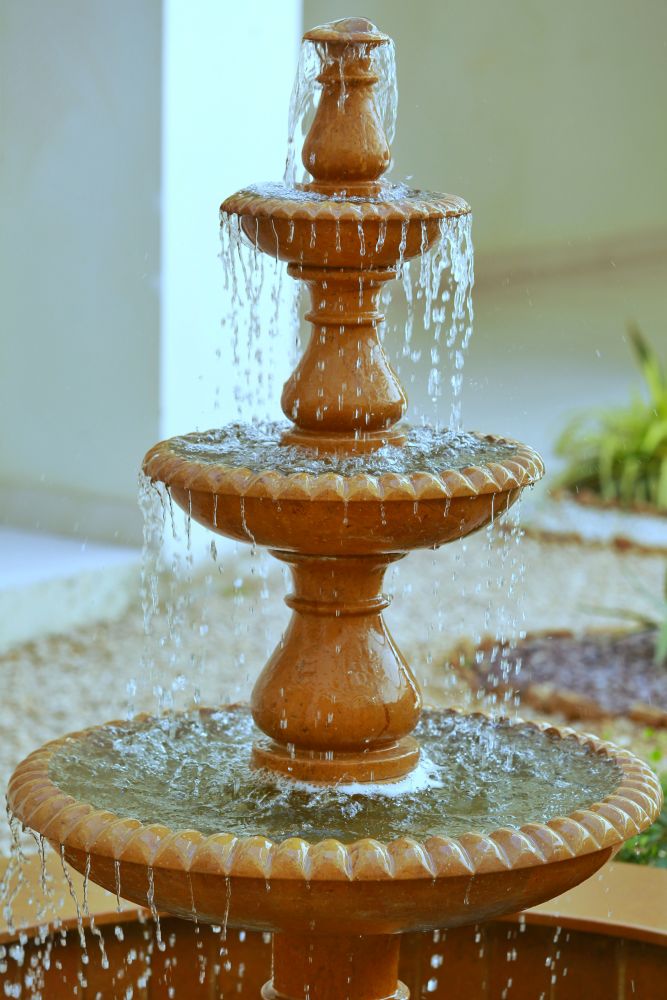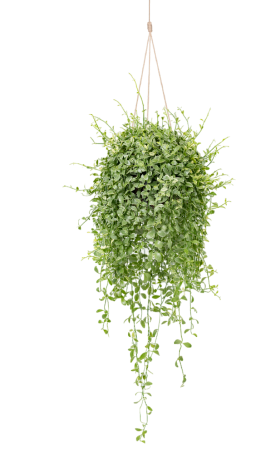Why is Legionnaires’ disease still causing deaths, 49 years after it was first identified? One Lesson: Don’t Breathe the Mist

Legionnaires’ disease sounds like an exotic disease, and although epidemics of it are not common, the source lurks everywhere in lakes, streams and even drinking water if not properly sanitized and handled. It can be deadly to those who contract it. It was first identified in 1976 when 221 attendees of a 4000-person convention of the American Legion in Philadelphia became ill, and 34 of them died (yikes, that’s a 15% mortality rate!). After extensive investigation, the CDC discovered that the cause of the illness was a previously unidentified bacterium, and named it Legionella pneumophila, after the convention that was ground-zero for the epidemic. (The History of Legionnaires’ Disease) Since then, researchers have been able to solve the origin of numerous other epidemics by analyzing the blood of survivors to look for antibodies to this bacteria.
All of the cases can be traced to breathing in a mist of contaminated water; however, the mist can come from a number of places. Here’s a diagram and list (source: CDC)
Lots of times, people just walking through a mist of water (that probably feels refreshing when it’s hot outside) can breathe the bacteria into their lungs! Some of the strangest cases include people breathing in mist from a lawn sprinkling system that was undergoing excavation work, and walking by a display whirlpool spa in a home improvement store. (The History of Legionnaires’ Disease) Most epidemics come from cooling towers or contaminated drinking water systems, because cooling towers can spread mist over several city blocks, and community drinking water is piped over long distances to many people. In both cases, the bacteria has to be “aspirated” into the lungs, which, in the case of drinking water, happens when a person accidentally inhales water into their lungs. The following two diagrams are from the CDC:
Drinking water systems are difficult to keep sanitized. If the system is exposed to higher temperatures (77°F–113°F), or not enough disinfectant, or the water is allowed to stagnate in the pipes, the legionella and other bacteria can proliferate. In our article on biofilms, we discuss how different types of bacteria can attach to the walls of pipes, tanks, and even food processing equipment, and how biofilms are very difficult to remove and keep at bay. Bacteria that produce biofilms truly are tenacious, and legionella is one of them.
Recently, another outbreak was identified as coming from 12 rooftop cooling towers in Central Harlem in New York City, where over 100 people were sickened and 6 died. Amazingly, between 200 and 500 people are diagnosed with Legionnaires’ disease each year in New York City, and just over a dozen die. Every year! Because bacteria cultures are slow-growing, it can take weeks for health department employees to collect and grow samples from cooling water tanks or drinking water, as well as from patients, to pinpoint which systems are contaminated. The owners of the cooling towers are ordered to disinfect their tanks immediately after samples are collected, and new cases started to decline after this was done, but this doesn’t help people who are already sick or hospitalized. The most vulnerable are aged or those with chronic diseases like COPD, cystic fibrosis, or other respiratory illnesses. (In a Lab, the Hunt for a Killer: The Legionella Germ Causing an Outbreak)
Although these cases grab the headlines, pneumonia from legionella can also occur at home. Most of our homes’ air conditioning systems are not in danger of breeding legionella, because they are air-cooled, not water cooled like commercial systems. However, here are some other sources that can occur at home:
-
Hot tubs and whirlpools (About half of Legionnaires’ disease patients who reported travel and staying at a vacation rental property may have gotten it from the hot tub) (Protect Yourself From Legionnaires' Disease at Home)
-
Shower heads (see our article on Mold in the Shower)
-
Humidifiers
-
Hot water tanks and heaters
-
Fountains
-
Swimming pools
-
Soil: a few people have gotten Legionnaires' disease after working in a garden or using potting soil that had the bacteria in it.
Water features like fountains, tropical water falls and running water in general are super-relaxing, but we would advise against keeping these in your home if you or someone else are susceptible to respiratory disease. Legionella bacteria are going to grow wherever there’s stagnant warm water, but we can take precautions to avoid getting sick with it, at least for those who are most vulnerable. Here are some tips (Protect Yourself From Legionnaires' Disease at Home):
-
If your home water system has not been used for three or more days, was turned off for plumbing work, or you received a boil water order notice, let your water faucets run on low for three minutes before you use them and avoid splashing.
-
Drain garden hoses and avoid leaving water-filled hoses lying in the sun.
-
Use the type of water recommended by your in-home medical equipment or health care provider. This includes humidifiers, CPAP or BiPAP machines, and neutralizers. Follow the manufacturer’s instructions for cleaning and use.
-
Follow the manufacturer’s instructions for cleaning and replacing all water filters, including whole-house water filters, and point-of-use filters (tap or refrigerator water/ice maker).
-
Wear gloves and a mask while gardening if you are prone to respiratory illness.
-
Regularly check the chlorine level in your pool or hot tub because chlorine can kill Legionella and other bacteria.
-
People who are at higher risk should avoid using devices that recirculate water, such as decorative fountains, where Legionella can grow.
-
Consider raising your hot water heater temperature to between 130-140° F. Hotter water kills Legionella but also increases the risk of hot water burns. You can also mix hot and cold water at the tap before use to avoid injury.
-
Flush your hot water heater twice a year following the manufacturer’s recommendations for maintenance.
-
Consider a water softener if you have hard water. A water softener will stop the buildup of scale in your piping that can provide a breeding ground for Legionella.
-
Consider purchasing and installing a clean-able shower head (as described in our article, these allow you to open the shower head and let it dry out and/or clean it)
- Follow manufacturer instructions for cleaning nebulizers and humidifiers regularly (or check the guidelines here)
-
If you have a hot tub, shower before and after entering the water, never swallow the water, don’t use the hot tub if sick with diarrhea, and avoid drinking alcohol before or during hot tub use.
Finally, unless properly maintained and cleaned, we would definitely recommend against “swamp coolers” for anyone who is prone to breathing difficulty, especially for outdoor parties that include people of all ages. That cooling mist could be their ticket to the hospital!
Photo by Muneer ahmed ok on Unsplash






